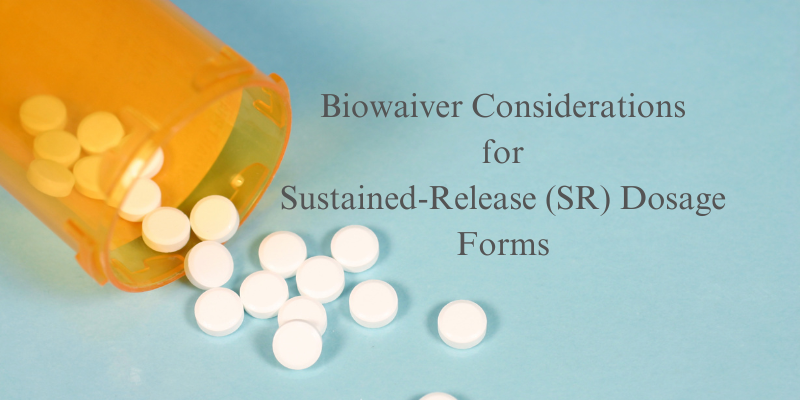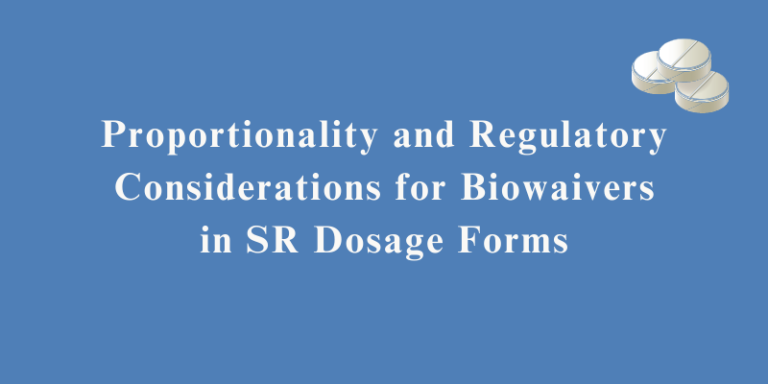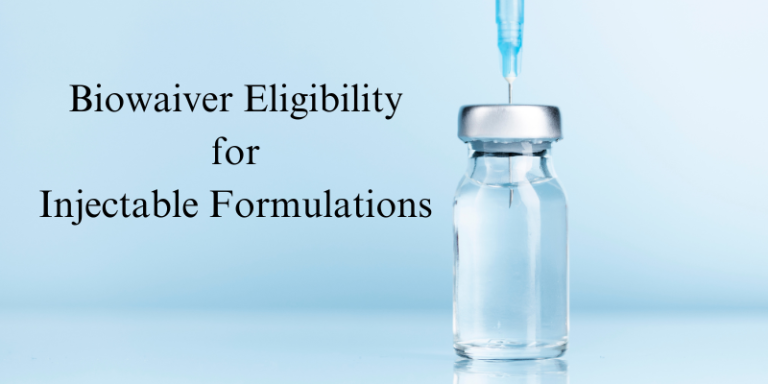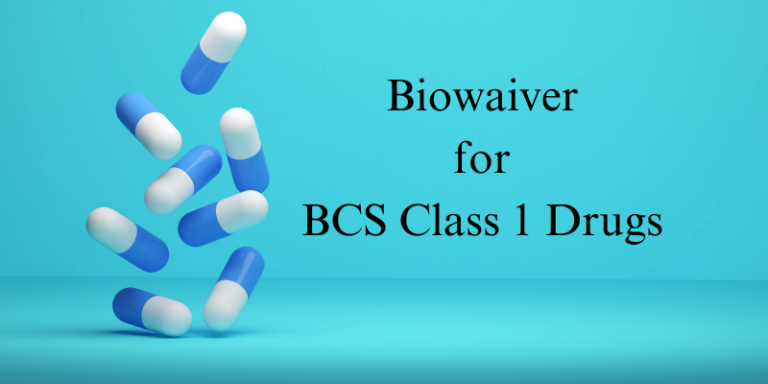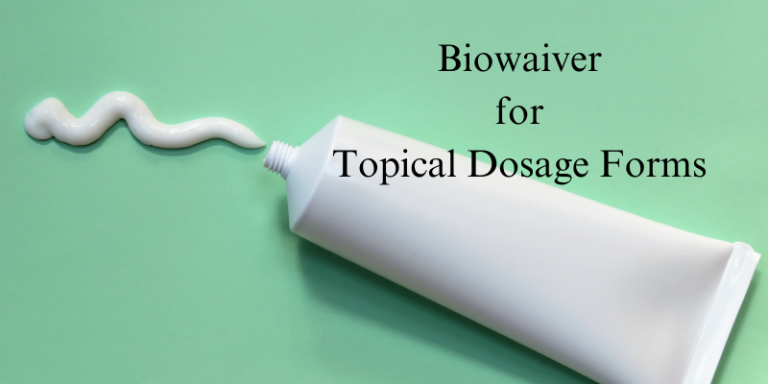Biowaiver Considerations for Sustained-Release (SR) Dosage Forms
A biowaiver for a sustained-release (SR) dosage form is generally more challenging to obtain compared to immediate-release (IR) forms due to the complexity of drug release mechanisms and potential impact on bioavailability. However, under certain conditions, a biowaiver may be possible based on in vitro dissolution studies and in vivo-in vitro correlation (IVIVC).
Key Considerations for Biowaiver of SR Dosage Forms
Regulatory Framework
- The USFDA, EMA, and ICH do not generally allow biowaivers for SR formulations unless robust IVIVC is established.
- Some agencies may consider biowaivers for lower strengths of the same formulation if a proportionality rule is met.
In Vitro Dissolution Testing
- Dissolution profile comparison across strengths using multiple dissolution media (pH 1.2, 4.5, 6.8).
- Similarity factor (f2) ≥ 50 to demonstrate equivalence between test and reference formulations.
- Dissolution must be independent of pH and robust under varied conditions.
IVIVC (In Vivo-In Vitro Correlation)
- A Level A IVIVC (predictive mathematical relationship between in vitro dissolution and in vivo absorption) is typically required for a biowaiver.
- If IVIVC is established, in vitro dissolution can be used as a surrogate for bioequivalence.
Proportional Formulation and Dose Linearity
If multiple strengths are developed, the lower strengths may be eligible for a biowaiver if:
- The formulations are proportional in composition.
- They exhibit dose-proportional pharmacokinetics.
- The release mechanism remains unchanged across strengths.
BCS Classification of the API
- Biowaivers are not applicable for BCS Class II (low solubility, high permeability) and BCS Class IV (low solubility, low permeability) drugs.
- In rare cases, BCS Class I (high solubility, high permeability) drugs with IVIVC-established SR formulations may qualify.
Regulatory Precedence & Justifications
- If a reference listed drug (RLD) or innovator product has obtained a biowaiver, it strengthens the case.
- Literature supporting biopharmaceutical equivalence and post-approval changes guidance (e.g., SUPAC-MR for modified release forms) may help.
Conclusion
A biowaiver for sustained-release formulations is only granted under strict conditions, primarily when a robust IVIVC exists, the formulation is proportionally similar, and dissolution studies are predictive of in vivo performance. Otherwise, a bioequivalence study remains mandatory.
Read also:
- Biowaiver for BCS Class 1 Drugs
- Biowaiver for Topical Dosage Forms
- Biowaiver Eligibility for Injectable Formulations
Resource Person: Moinuddin syed. Ph.D, PMP®

